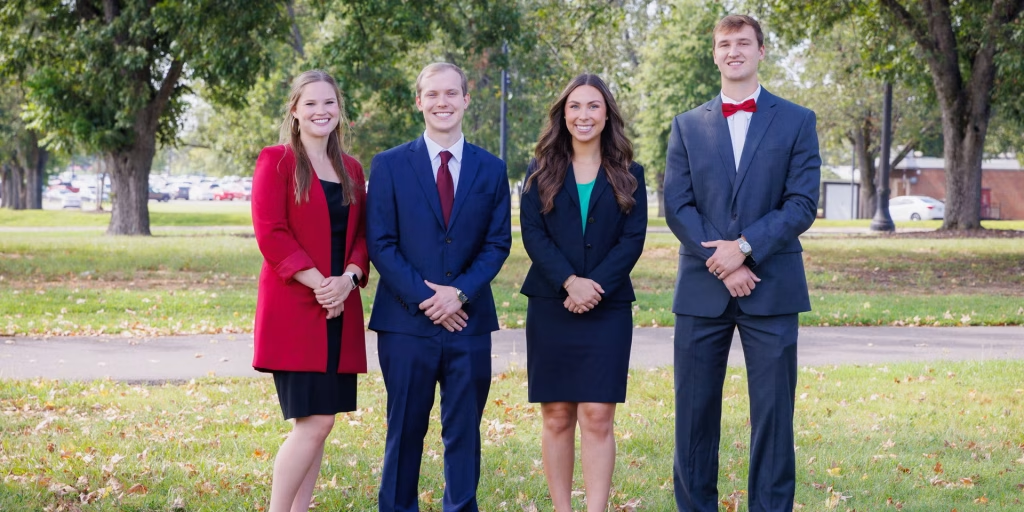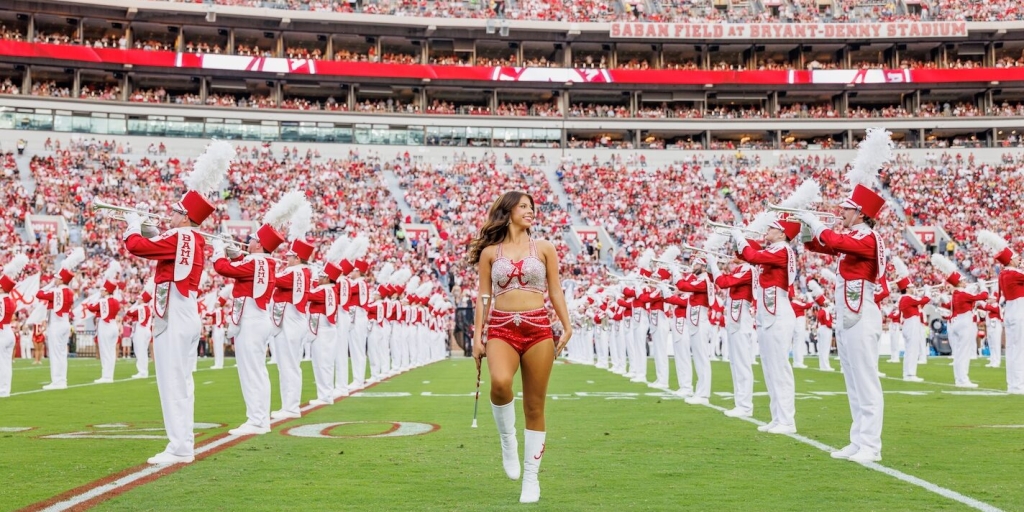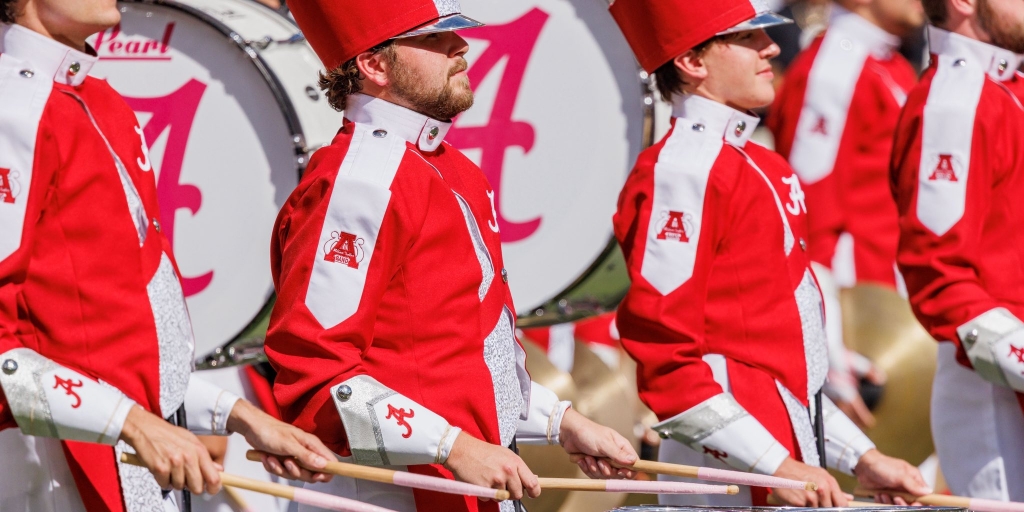A team of students from the University of Alabama will compete in a premier national competition to design, build, test and integrate an advanced battery pack into a commercial electric vehicle.
UA is one of 12 North American universities selected for the Battery Workforce Challenge collegiate competition. It is managed by Argonne National Laboratory for the United States Department of Energy in partnership with Stellantis and other government and industry sponsors.
UA joins institutions such as Ohio State University, Clemson University and the Colorado School of Mines in the contest.
The competition, called the BattChallenge, will provide an immersive hands-on learning experience for students to gain valuable engineering, project management and communication skills that transcend the classroom environment. Students in the challenge will gain the experience and knowledge needed for in-demand positions in the EV and battery industry.
“The knowledge our students will gain from their experience in the Battery Workforce Challenge will be invaluable to their future success,” said Dr. Jaber Abu Qahouq, professor of electrical and computer engineering and lead faculty advisor. “The University’s strength in leading-edge automotive and transportation research will be leveraged to propel this team to innovative ways to tackle this competition.”
The transition to electric mobility has spurred demand for a domestic EV battery workforce with the experience needed for in-demand positions throughout the battery supply chain. It’s estimated building a domestic battery supply chain will require more than 230,000 jobs by 2030.
The Battery Workforce Challenge Program seeks to build a highly skilled, diverse domestic workforce by gaining battery design and integration experience and building engineering and technical skills well beyond traditional engineering curriculum.
“This challenge takes disciplines from across campus and is a reflection that everyone can take part in the EV battery workforce,” Abu Qahouq said. “Our students will be sought out by companies through participation in this competition.”
As part of that initiative, collegiate teams will follow industry design and development processes focused on battery design, simulation, controls development, testing, vehicle integration and demonstration throughout the three-year competition.
Teams will design a custom battery pack utilizing production battery cells and complete a professional battery design review with the competition’s subject matter experts. Once teams meet the rigorous automotive safety and design requirements, they will build, test and integrate their advanced battery packs into a production Stellantis vehicle.
The 12 universities will develop mutually beneficial and reciprocal partnerships with community colleges, trade schools, apprenticeship schools or other vocational partners to collaborate and solve complex battery engineering and manufacturing challenges. This collaboration will ensure both institutions from each team have the best opportunity to bring their skills and creativity to contribute to the program and advance workforce training.
UA is partnering with Shelton State Community College in Tuscaloosa. Students from both institutions will follow real-world industry milestones focused on battery design, simulation, controls development, testing, and vehicle integration and demonstration.
The UA BattChallenge team is fueled by additional support and matching funds from the College of Engineering along with the Alabama Transportation Institute, Center for Advanced Vehicle Technologies and the Alabama Mobility and Power Center.













